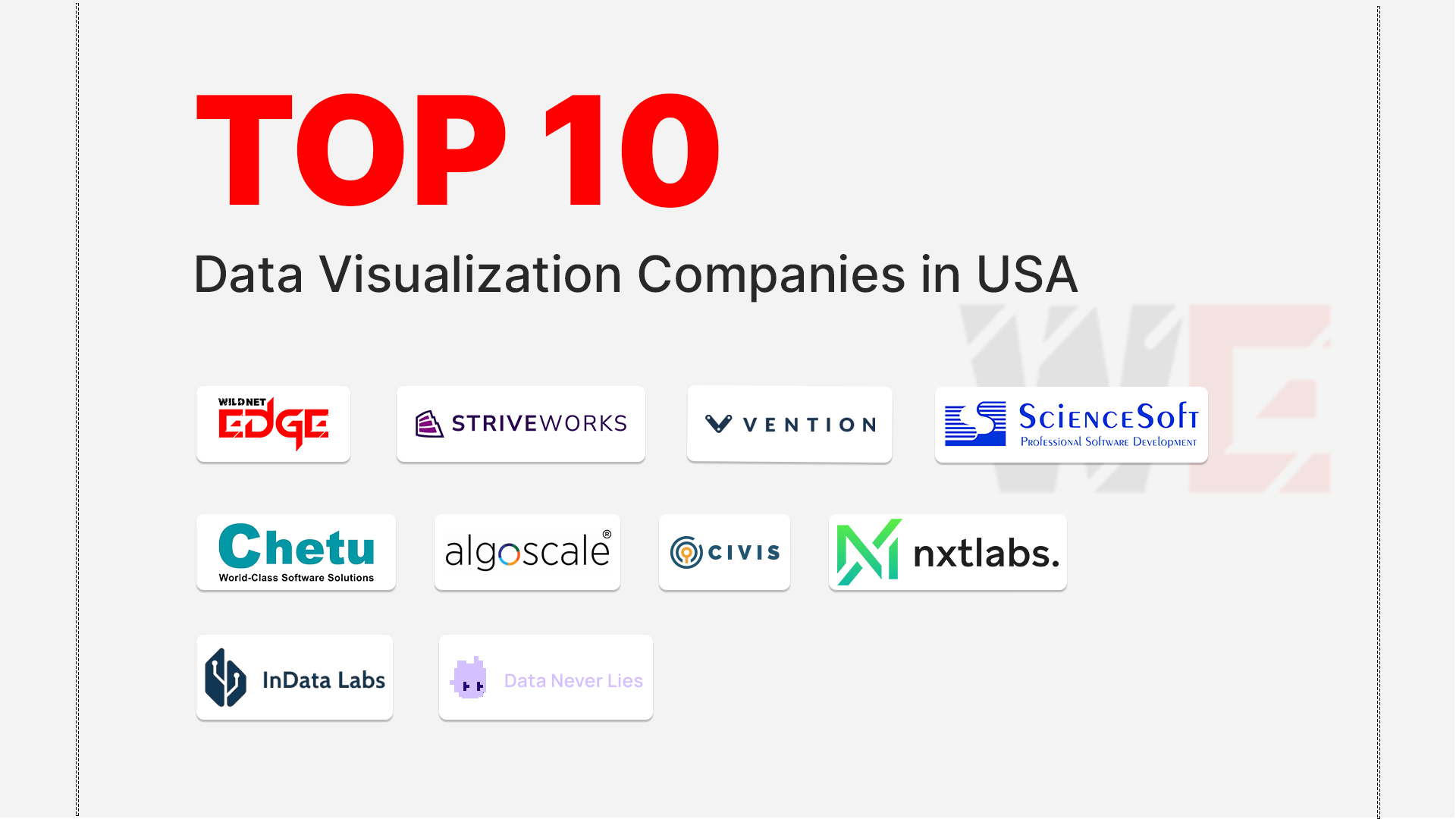Choosing the right data warehouse can be a daunting task, especially with the myriad of options available. Are you stuck between Snowflake and BigQuery? In the world of cloud data warehouses, Snowflake vs BigQuery is a hot topic among data professionals seeking efficient, scalable, and secure solutions. Each platform comes with its own strengths and tailored features, making it important to understand their differences and offerings. This article aims to explore the key attributes, pricing models, use cases, and other factors that can help you decide which data warehouse solution is best suited for your organization.
Overview of Cloud Data Warehouses
What Are Cloud Data Warehouses?
Cloud data warehouses are specialized storage systems designed to hold vast amounts of structured and semi-structured data efficiently. Unlike traditional on-premises solutions, cloud data warehouses leverage the power of cloud computing to offer incredible flexibility, scalability, and accessibility. They are essential components in the landscape of business intelligence and analytics, enabling organizations to perform complex queries, generate insights, and derive actionable intelligence with ease.
The architecture of cloud data warehouses allows them to store and process data in real-time, making it easier for companies to adapt to evolving business needs. This on-demand capability enables organizations to scale resources up or down depending on their requirements, improving operational efficiency. Furthermore, cloud data warehouses facilitate collaboration across departments by providing centralized access to critical business data, enhancing teamwork and strategic decision-making.
Major Players in the Market
In the rapidly evolving domain of cloud data warehouses, several key players top the market. Notably, Snowflake and Google BigQuery stand out as two of the most popular choices. Other notable competitors include Amazon Redshift and Microsoft Azure Synapse Analytics.
- Snowflake: Known for its multi-cloud approach, allowing users to operate across various cloud providers like AWS, Google Cloud, and Azure, Snowflake has gained traction among enterprises needing flexibility in cloud deployment.
- BigQuery: Google Cloud’s offering is recognized for its serverless architecture, which allows for robust scalability and high-speed analytics on large datasets with minimal resource management.
- Redshift: Part of the Amazon Web Services suite, it offers a more traditional model of warehousing with efficient data integration from various AWS services.
- Azure Synapse Analytics: Microsoft’s data integration solution combines big data and data warehousing, focusing on hybrid solutions that cater to companies using Microsoft environments.
Understanding the dynamics between these major players can help businesses position themselves better within the data-driven landscape by leveraging the unique capabilities of each platform.
Features of Snowflake vs BigQuery
Architecture and Design
When delving into Snowflake vs BigQuery, both platforms feature distinct architectural designs that cater to different customer needs.
- Snowflake’s Multi-Cloud Architecture: This innovative design allows organizations to operate seamlessly across multiple cloud environments. Snowflake holds distinct instances of computing and storage, which means users can scale their computing resources independently of storage resources. This flexibility is beneficial for organizations that experience fluctuations in their data processing requirements. Moreover, Snowflake supports a wide range of data formats, from structured to semi-structured data like JSON and Parquet, making it versatile for data ingestion.
- BigQuery’s Serverless Model: On the other hand, BigQuery is built on a serverless architecture that abstracts away all infrastructure management. Users don’t have to worry about provisioning servers or scaling resources; BigQuery automatically handles computation and storage allocations. This model makes it ideal for businesses that prefer a hands-off approach, enabling them to focus on data analysis rather than backend management. Also, BigQuery excels in handling large-scale queries quickly, thanks to its unique columnar storage design and capabilities like automatic data optimization.
The architectural differences between Snowflake and BigQuery significantly impact how businesses approach data processing and management.
Performance Metrics and Scalability
Performance is critical when evaluating Snowflake vs BigQuery, as both platforms boast impressive scalability features.
- Snowflake Performance Benchmarks: Snowflake provides performance enhancements through its ability to automatically adjust resources, allowing for near-instantaneous query processing. Users reporting performance improvements note up to two to three times faster query execution for complex workloads. The separation of compute and storage also allows for optimized performance without locking users into infrastructure limitations.
- BigQuery Performance Insights: BigQuery boasts remarkable speed due to its distributed architecture, allowing parallel processing of data across numerous nodes. Users can run analysis on petabyte-scale datasets efficiently, with Google’s sophisticated infrastructure powering it. Benchmark testing shows that BigQuery outperforms traditional SQL databases in large query executions thanks to its unique execution strategies that utilize architectures like Dremel.
Both platforms provide options for rapid scalability, but their performance profiles vary based on use cases and specific workloads, which could be a deciding factor for organizations with unique data handling requirements.
Pricing Models for Snowflake and BigQuery
Snowflake Pricing Explained
Understanding the pricing structure is crucial when comparing Snowflake vs BigQuery. Snowflake adopts a consumption-based billing model, meaning organizations are charged based on the amount of storage utilized and the compute resources consumed.
- Consumption Costs: This pricing model can be beneficial for organizations with fluctuating workloads, as costs align with actual usage. However, businesses must be cautious of hidden costs, such as the compute hours for queries executed beyond the initial credits or unexpected spikes in storage needs.
- Discount Options: Snowflake also offers discounts for enterprises willing to commit to annual contracts. This can effectively reduce costs for businesses that are consistent in their data warehousing needs.
Considering these factors, organizations must remain vigilant about their resource consumption to avoid spiraling costs when using Snowflake.
BigQuery Pricing Explained
BigQuery offers a different take on pricing, providing users with both on-demand and flat-rate pricing options, granting flexibility depending on the organization’s needs.
- On-Demand Pricing: Under this model, companies are billed based on the amount of data processed during queries. This is suitable for businesses that conduct unpredictable, ad-hoc analyses.
- Flat-Rate Pricing: Alternatively, for organizations that require regular, extensive querying, flat-rate pricing can provide cost predictability by allowing users to pre-pay for compute capacity.
When comparing BigQuery’s model to Snowflake’s consumption-based strategy, it becomes clear that BigQuery offers greater pricing flexibility, potentially offering cost savings for high-volume data operations.
Use Cases for Snowflake and BigQuery
Ideal Scenarios for Snowflake
Snowflake shines in various scenarios and industries that demand robustness and flexibility, particularly in the following areas:
- Financial Services: The finance sector benefits from Snowflake’s unique ability to manage vast amounts of transactional data efficiently, enabling complex analytical models essential for monitoring regulatory compliance and risk assessment.
- Healthcare: Snowflake’s ability to handle sensitive data securely while facilitating the integration of disparate data sources essential for patient care and operational insights makes it a preferred choice.
For instance, a major bank utilized Snowflake to consolidate disparate data siloes, allowing for real-time risk assessment and regulatory reporting. This quick turnaround has significantly improved the bank’s operational efficiency and compliance efforts.
Ideal Scenarios for BigQuery
BigQuery is particularly effective in scenarios involving:
- Big Data Analytics: Organizations that handle large-scale data processing, including e-commerce and marketing sectors, favor BigQuery for its ability to provide insights from massive datasets with minimal latency.
- Machine Learning: BigQuery integrates seamlessly with machine learning platforms, facilitating real-time predictions and enhancements to user experiences.
A notable case includes an e-commerce company that utilized BigQuery to analyze customer behavior against billions of transaction logs. As a result, they improved recommendation algorithms, leading to a 15% increase in sales within the first quarter of implementation.
Security and Compliance Features
Security Measures in Snowflake
Snowflake prioritizes security across its platform, offering an array of features designed to protect data integrity and privacy:
- Encryption: Data is encrypted both at rest and in transit, ensuring that sensitive information remains secure against unauthorized access.
- Access Control: Snowflake features robust role-based access control (RBAC), allowing organizations to set fine-grained permissions based on users’ roles and responsibilities.
These measures ensure enterprises can comply with stringent regulatory standards while managing data securely.
Security Measures in BigQuery
BigQuery emphasizes compliance and security through its comprehensive features, establishing it as a trustworthy option for organizations handling sensitive data:
- Compliance Certifications: BigQuery has achieved globally recognized certifications, such as ISO 27001 and compliance with regulations like GDPR and HIPAA, making it suitable for regulated industries.
- Data Loss Prevention: With tools aimed at scanning data for sensitive information, BigQuery helps prevent data breaches, ensuring that protected data is managed according to compliance standards.
The commitment to security and compliance on both platforms allows organizations to operate with peace of mind, knowing their data is handled responsibly.
User Experience and Community Support
User Interface Comparison
When considering Snowflake vs BigQuery, user experience plays a significant role in how effectively teams can leverage these platforms.
- Snowflake’s Interface: Snowflake is designed with user-friendliness in mind, featuring a clean layout that enhances accessibility. The interface allows users to easily build and run queries without needing extensive training. It also supports comprehensive data visualization tools and integrated options for monitoring performance.
- BigQuery’s Interface: BigQuery’s UI is robust yet straightforward, making it efficient for users already familiar with the Google Cloud ecosystem. It offers convenient navigation options and direct integration with Google Sheets for quick data manipulation.
Both platforms strive for user-friendliness, but Snowflake’s design focuses more on detailed analytics while BigQuery emphasizes seamless integration with other Google tools.
Community Support and Resources
Community support can heavily influence a user’s experience with either Snowflake or BigQuery.
- Snowflake Resources: Snowflake offers extensive documentation, a vibrant community forum, and events like Snowflake Summit, which fosters a collaborative environment for users to exchange insights and solutions.
- BigQuery Community: Google Cloud provides extensive documentation and resources alongside access to active forums where users can get real-time help and best practices from experienced professionals.
Both communities are rich in support and resources, ensuring users can find answers to their inquiries as they work through challenges associated with their data endeavors.
Conclusion
In the ongoing Snowflake vs BigQuery debate, both platforms exhibit unique attributes, catering to specific user needs and preferences. Snowflake’s multi-cloud architecture provides notable flexibility, while BigQuery’s serverless model ensures ease of use and rapid scalability. Organizations should consider their specific data demands, performance needs, and budget constraints when deciding between the two.
For those seeking assistance in navigating these options, Wildnet Edge serves as a trusted AI-first company providing expert insights and resources tailored to meet data warehousing challenges. With expertise in DevOps & Cloud Engineering, we encourage you to explore these powerful platforms and choose the one that positions your organization for success in the data economy.
FAQs
Q1: What are the main differences between Snowflake and BigQuery?
A1: Snowflake offers a multi-cloud architecture while BigQuery is a serverless data warehouse. This results in differences in performance and usability, making each suitable for particular needs.
Q2: Which cloud data warehouse is better for real-time analytics?
A2: Snowflake excels in high-performance queries, making it a strong candidate for real-time analytics. Meanwhile, BigQuery is optimized for large-scale data processing, balancing real-time output with rapid querying.
Q3: How do pricing models of Snowflake vs BigQuery compare?
A3: Snowflake operates on a usage-based model, billing users based on consumption, whereas BigQuery offers both an on-demand pricing and flat-rate options, giving users flexibility in managing costs.
Q4: Are there any specific industries that prefer Snowflake?
A4: Industries requiring heavy data transformations, such as finance and healthcare, often prefer Snowflake due to its secure, efficient handling of sensitive data.
Q5: Can small businesses use either Snowflake or BigQuery effectively?
A5: Yes, both data warehouses cater to small businesses but may involve different cost structures and scalability options, which can affect overall usability and budget management.

Nitin Agarwal is a veteran in custom software development. He is fascinated by how software can turn ideas into real-world solutions. With extensive experience designing scalable and efficient systems, he focuses on creating software that delivers tangible results. Nitin enjoys exploring emerging technologies, taking on challenging projects, and mentoring teams to bring ideas to life. He believes that good software is not just about code; it’s about understanding problems and creating value for users. For him, great software combines thoughtful design, clever engineering, and a clear understanding of the problems it’s meant to solve.
 sales@wildnetedge.com
sales@wildnetedge.com +1 (212) 901 8616
+1 (212) 901 8616 +1 (437) 225-7733
+1 (437) 225-7733































